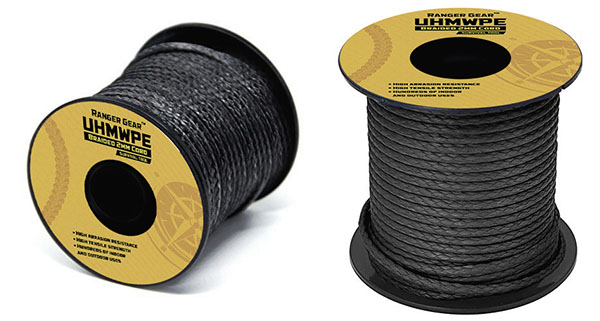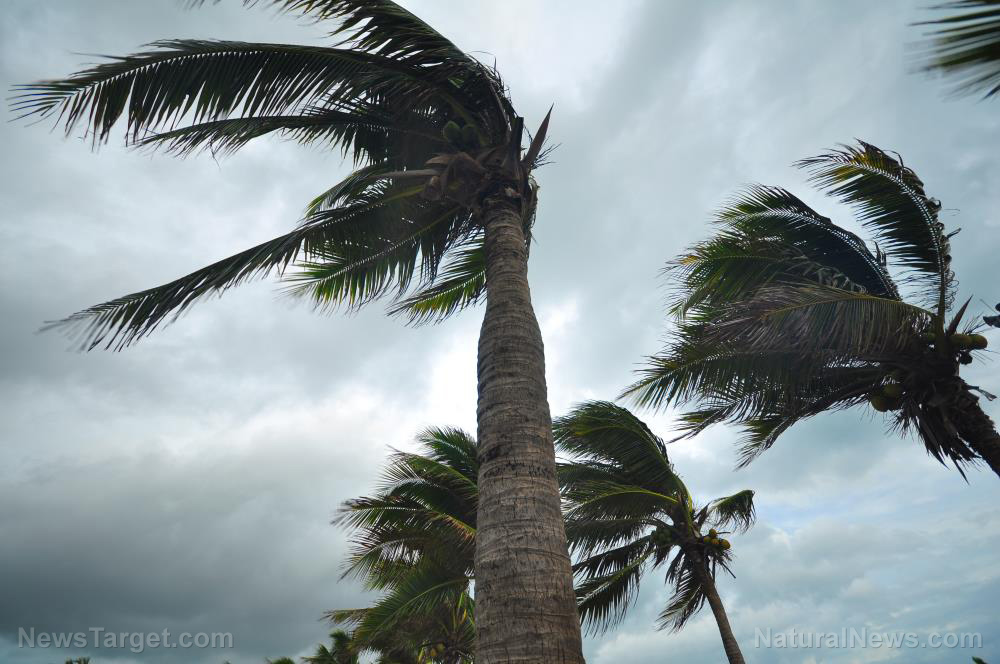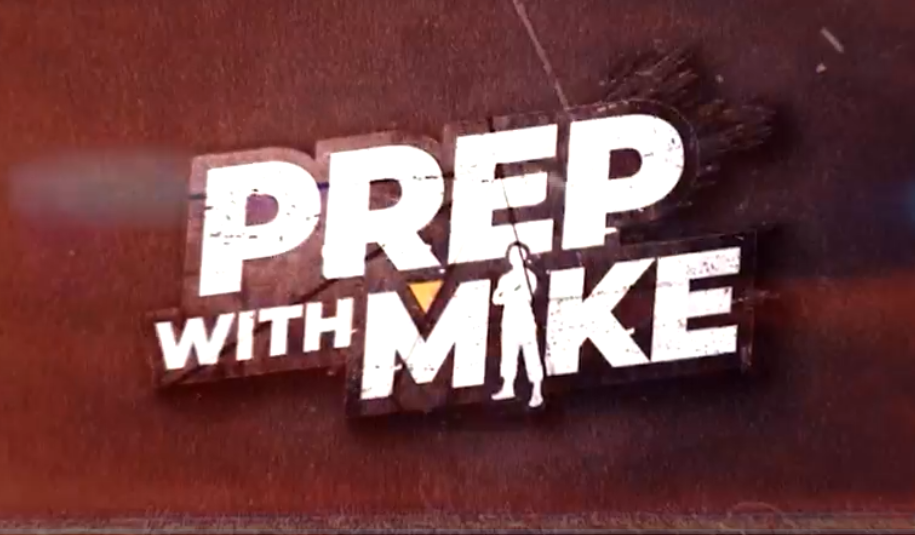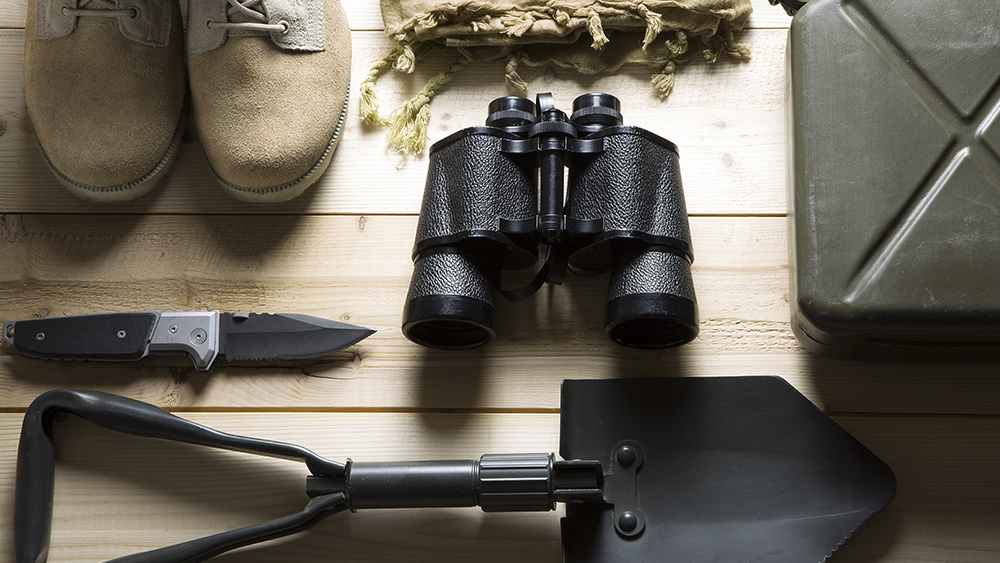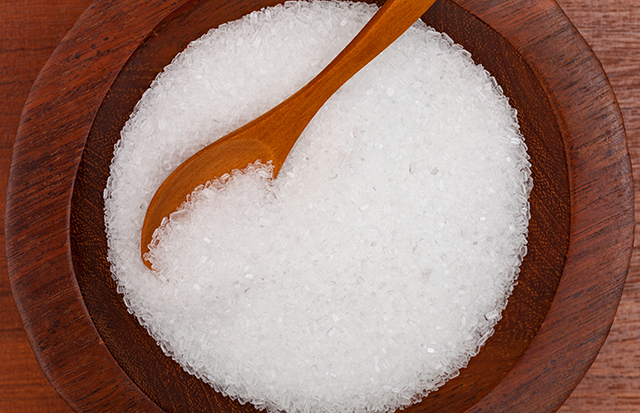Let’s Talk Wellness Now: 10 Natural foods with a long shelf life for your survival stockpile – Brighteon.TV
09/27/2022 / By Zoey Sky

In a recent episode of the show “Let’s Talk Wellness Now,” host Dr. Debra Muth highlighted the importance of preparing for the food crisis affecting America.
Muth discussed 10 natural foods that preppers should stock up on before SHTF. The list includes items with a long shelf life like canned fruits and vegetables, honey, salt and dehydrated and freeze-dried vegetables.
Even if you think there are no food shortages in your area because grocery shelves are often full, Muth advised that it’s better to prepare now instead of not having anything in your stockpile when you need food and stores are out of products.
If you have extra money, invest in a home freeze dryer so you can freeze-dry different kinds of food for your stockpile instead of buying freeze-dried products. You can also get Mylar bags in different sizes and oxygen packs for storing freeze-dried foods in your stockpile. The oxygen packs will suck the air out of the bag and keep the food fresh longer.
Since a high-quality freeze dryer can cost anywhere from $100 to $2,000 or more, another option is to use a food vacuum sealer and store food and grains in Mylar bags. With a food vacuum sealer, you only have to use the sealer part to store food in Mylar bags with oxygen absorbers. Use this alternative to store dry food like flour and grains like rice.
Home canning is another useful food storage technique if you want to stockpile food before SHTF. Can apples and different fruits along with various vegetables to make sure you get enough nutrients while weathering a long-term survival scenario.
Once you have enough food in your stockpile, make sure things don’t go to waste by regularly checking your supplies and rotating food items. Use up anything nearing its expiry date to prevent food waste.
You should also only stock up on things that you like so items don’t go bad in your stockpile because no one wants to eat them.
If you or someone in the family has celiac disease or gluten sensitivity, you also need to consider their health condition when stocking up on food for your stockpile. Before SHTF, stock up on gluten-free foods so they can keep up during survival scenarios.
10 Long-lasting foods for your food stockpile
Below are the top 10 foods that you should stock up on so you have access to food with a long shelf life when disaster strikes.
Grains
When there’s a food shortage, you’re going to want to stockpile foods that are versatile and easy to mix – like grains.
Grains are easy to store, they provide a good amount of calories and they are a very filling ingredient. Stock up on your preferred grains and get some gluten-free grains for those who need them. Grains are a survival stockpile must-have because when stored properly, they will last for many years.
Grains like oats are great for your stockpile because you can use them to make oatmeal, baked goods, or savory foods.
Here are some dishes that you can make with oats:
- Berry crumble
- Granola bars with dried fruits and seeds
- No-bake energy bites with oats and dried fruits
- Oatmeal
- Oatmeal cookies
- Oatmeal pancakes
- Savory oatmeal
- Seeded whole grain soda bread
- Smoothie bowls
- Veggie burgers
Rice is another must-have grain for your stockpile. Rice is very high in calories, with one cup of rice containing about 205 calories.
Rice is also full of vitamins and minerals, and it’s easy to prepare if you have a gas stove and water.
If you aren’t gluten sensitive, you can stock up on grains like corn. Store corn meal for cooking and baking. Popcorn is a great snack, especially if you have kids at home. Additionally, you can grind up corn if you need cornstarch for cooking.
Beans and legumes
If you are vegan, stock up on beans and legumes for a plant-based source of protein. Beans and legumes are a great source of protein, complex carbohydrates and dietary fiber.
To stock up on beans, get big bags of dried beans and store them in Mylar bags with oxygen packs.
You can get different beans and legumes like:
- Black beans
- Chickpeas
- Kidney beans
- Lentils
- Navy beans
- Peas
- Pinto beans
These beans and legumes can be used in a variety of different recipes and can often be stored in big containers with a total of about 60 to 75 pounds. This may seem like a lot of beans and legumes, but that’s an estimate of how much one person should consume in a year.
Potato flakes
Potato flakes are a great survival food. While fresh potatoes are also a good option when SHTF, potato flakes are convenient because you only have to add some water to get potatoes.
One serving of potato flakes has 212 calories, a high amount of vitamins B6 and C, niacin, potassium and selenium. With proper storage, potato flakes should last for at least 25 to 30 years in your stockpile.
The amount of potato flakes you should store depends on how many people are in your family, especially if you are going to use it as a staple food. You will need about a pound and a half per person for an annual supply.
Canned, dehydrated and freeze-dried vegetables
If you have a food dehydrator, it will be easier to stock up on dehydrated food like fruits and vegetables. Alternatively, you can purchase freeze-dried and canned fruits and vegetables for your stockpile.
With a food dehydrator, you can take some vegetables, dehydrate them yourself and store them in Mylar bags. Dried vegetables like carrots, celery and onions are great for soups and broths. (Related: 20 Cheap, nutritious foods with a long shelf life for your survival stockpile.)
If you don’t own a food dehydrator, stock up on versatile ingredients like dehydrated onion flakes, which contain vitamins B6 and C, manganese and potassium. You can add dehydrated onion flakes to beans and rice for a delicious meal. Get at least probably one to two 10-pound cans of dried onions for each person for a one-year supply.
Dried or dehydrated carrots are another great option for a survival stockpile. Carrots are full of vitamin A, and dried carrots can be added to soups or you can use them to enhance any meal. Get at least two to three 10-pound cans of dehydrated carrots per person for a one-year supply of food.
Lastly, stock up on dried celery, which is full of vitamin K. Celery is also rich in vitamin C and potassium. Add dried celery to soups, stews and chilies. Get two 1o-pound cans of dried celery for your one-year food supply.
White sugar
From a nutritional perspective, white sugar has no health benefits. But from a prepping perspective, white sugar is a must-have for your stockpile because it contains calories and it is a good preservative.
When SHTF and it’s much harder to buy food for your stockpile, you can use white sugar for food preservation. Use white sugar to preserve fruits from your home garden and make jams and jellies.
You will need at least 70 pounds of white sugar per person if you plan to make jams and jellies and other things that require sugar after SHTF.
Honey
Honey is a stockpile essential because of its sweetening and medicinal properties.
Honey will last forever and while it can sometimes crystallize over time, you can still use it after heating to liquefy it. Crystallized honey is still safe for consumption.
Buy honey locally and avoid storing honey in plastic because the plastic degrades over time. Store at least 12 quarts of honey per person for a year’s supply of food.
Salt
Salt is crucial for any prepper stockpile because it’s something you can’t grow or make on your own property. Salt is also great for bartering, food preservation and health.
Store pure forms of salt, like pickling salt or sea salt. You can also get pink Himalayan salt, but this variety has an indefinite shelf life.
Get about 25 pounds of salt per year for cooking and at least 10 pounds per person. Diversify your salt stockpile by getting pink Himalayan salt along with canning salt, kosher salt, pickling salt and sea salt, depending on how you plan on using them.
Baking soda
Baking soda can be used as a natural cleaner and has many medicinal uses. It is also often used as an ingredient for non-toxic personal hygiene products. For example, you can use baking soda to brush your teeth or to clean counters or bathrooms.
Get at least seven to 10 pounds or more of baking soda per person. You will use extra three pounds of baking soda for food preparation and cooking, two pounds for personal hygiene, one pound for medicinal and first aid use and about five pounds for cleaning and deodorizing your house. Set aside one pound of baking soda for miscellaneous use.
Vinegar
Vinegar is a basic ingredient for food preparation and various recipes. Use vinegar for pickling ingredients like tomatoes and salsa. While you can also use lemon juice, it has a shorter health shelf life compared to vinegar.
Apple cider vinegar is popular for its medicinal properties.
Additionally, you can use vinegar as a natural cleaner and disinfectant. Since vinegar will eat through the plastic over time, it’s best to keep it in a glass container for long-term storage.
Get four gallons of vinegar for household cleaning, cooking, bottling and medicinal storage. Get two or more gallons of vinegar per person for a year.
Ascorbic acid powder/vitamin C
Ascorbic acid powder is essentially vitamin C, which is crucial for your overall health.
Vitamin C is sensitive to heat and you get it mostly from fruits and vegetables. The best way to get vitamin C is fresh, but for long-term storage and survival you can use vitamin C powder.
Note that once you open vitamin C powder, it’s going to start oxidizing right away and it will not last very long.
Use ascorbic acid powder for food preservation. Dip fruit in ascorbic acid solution and rinse it to oxidize and minimize the browning and dehydration process.
Ascorbic acid powder can also be used in bottling to help prevent discoloration.
You should also stock up on vitamin C tablets and supplements. The amount of vitamin C or ascorbic acid that you’ll need will depend on whether or not you’re using it to supplement your diet or to preserve food.
You will need at least an eight-pound bucket of ascorbic acid powder for a family or a one-pound bag for each person.
Before SHTF, stock up on foods with a long shelf life like grains and canned fruits and vegetables.
Watch the full video below of “Let’s Talk Wellness Now” with Dr. Debra Muth to learn more about these 10 must-have survival pantry staples.
This video is from the Let’s Talk Wellness Now channel on Brighteon.com.
More related stories:
20 Cheap, nutritious foods with a long shelf life for your survival stockpile.
How to stockpile foods with a long shelf life.
Healthy prepping: 10 Affordable and nutritious foods that have a long shelf-life.
Sources include:
Submit a correction >>
Tagged Under:
Brighteon.tv, Debra Muth, emergency food, food freedom, Food storage, food supply, homesteading, ingredients, off grid, preparedness, prepper, prepping, SHTF, survival, survival stockpile, tips
This article may contain statements that reflect the opinion of the author
RECENT NEWS & ARTICLES
COPYRIGHT © 2017 GEAR.NEWS
All content posted on this site is protected under Free Speech. Gear.news is not responsible for content written by contributing authors. The information on this site is provided for educational and entertainment purposes only. It is not intended as a substitute for professional advice of any kind. Gear.news assumes no responsibility for the use or misuse of this material. All trademarks, registered trademarks and service marks mentioned on this site are the property of their respective owners.

